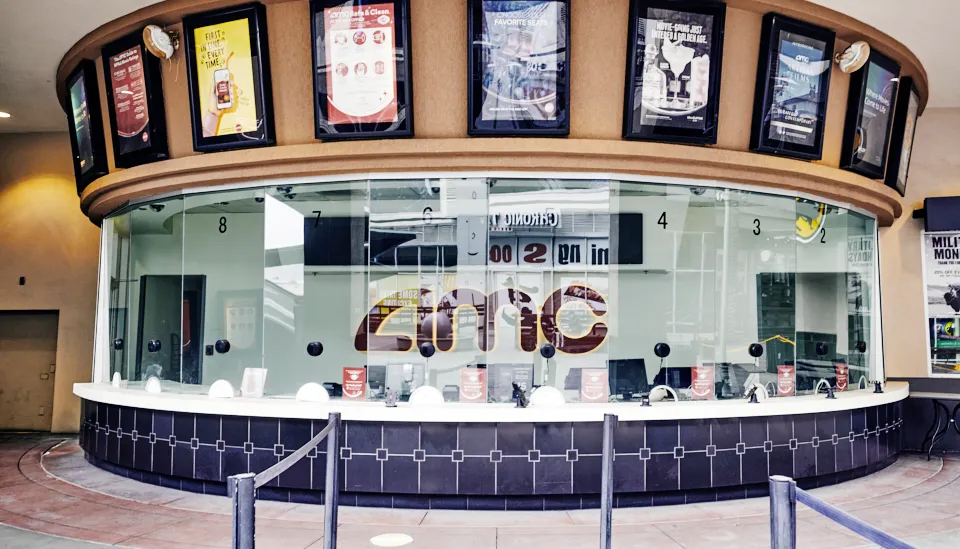The U.S. box office had a tough second quarter, with sales dropping to $1.95 billion—a 27% decline from the same period last year. Excluding 2020, when theaters were shuttered worldwide due to the pandemic, this marks the steepest drop since 1976, according to Box Office Mojo. Despite this, “Inside Out 2” made a significant impact, contributing nearly a quarter of the quarter’s domestic box office total, despite being released in the last two weeks. The Disney Pixar film has since become the highest-grossing movie of the year, with a global box office approaching $1.5 billion.
Disney is aiming for another success with the newly released “Deadpool & Wolverine,” which set a record for an R-rated film by earning $205 million domestically in its opening weekend—33% more than “Inside Out 2” achieved. This followed a strong start for Universal’s “Twisters,” which grossed over $81 million in its opening weekend, far exceeding projections in the $50 million range.
Despite these hits, the industry is still expected to fall short due to release schedule disruptions from last year’s Hollywood strikes and some notable flops. This year’s domestic box office is tracking about 19% below the same period last year, according to Box Office Mojo. Chad Beynon of Macquarie Equity Research projects the domestic box office will end the year at around $8.1 billion—down 9% from last year and 28% below 2019, the last pre-Covid year.
This downturn is challenging for exhibitors; AMC Entertainment has already announced that second-quarter revenue is down 24% from the same quarter last year. However, the box office slump is proving beneficial for IMAX. The large-format technology company reported that second-quarter revenue fell only 9% year-over-year to about $89 million, 21% above Wall Street’s expectations. This was bolstered by their “Blue Angels” documentary and the sale of its streaming rights to Amazon, causing IMAX shares to rise by 13%.
IMAX was coming off a strong year, with revenue rising 25% in 2023, largely due to the success of “Oppenheimer.” This brought IMAX’s annual revenue to just 5% below its pre-Covid level, even as the overall domestic box office ended the year 22% short. “Oppenheimer,” which was shot using IMAX cameras, remained popular, with theaters selling out over a month after its release.
This trend is drawing interest from other filmmakers. A record 14 movies set for release next year are “Filmed for IMAX” using IMAX film or certified cameras. The appeal is clear: IMAX tickets command a premium, and the format’s growing popularity can help struggling films. For instance, “Furiosa,” the “Mad Max” sequel, had a lackluster box office performance globally but was the third-best performer for IMAX in the second quarter.
Overall, IMAX accounted for 5.2% of the total domestic box office in the first half of this year, up from 3.2% in 2019. The new “Deadpool & Wolverine” will likely boost this trend, as it also performed well in the general market. IMAX announced that it grossed $36.5 million globally in its network, marking its best July opening ever. Beynon of Macquarie expects global box-office revenue for IMAX films to be down only 5% from 2019, compared to a 28% drop for the overall domestic box office.
Fewer people may be going to the movies now, but those who do are clearly willing to pay more for a superior experience.

